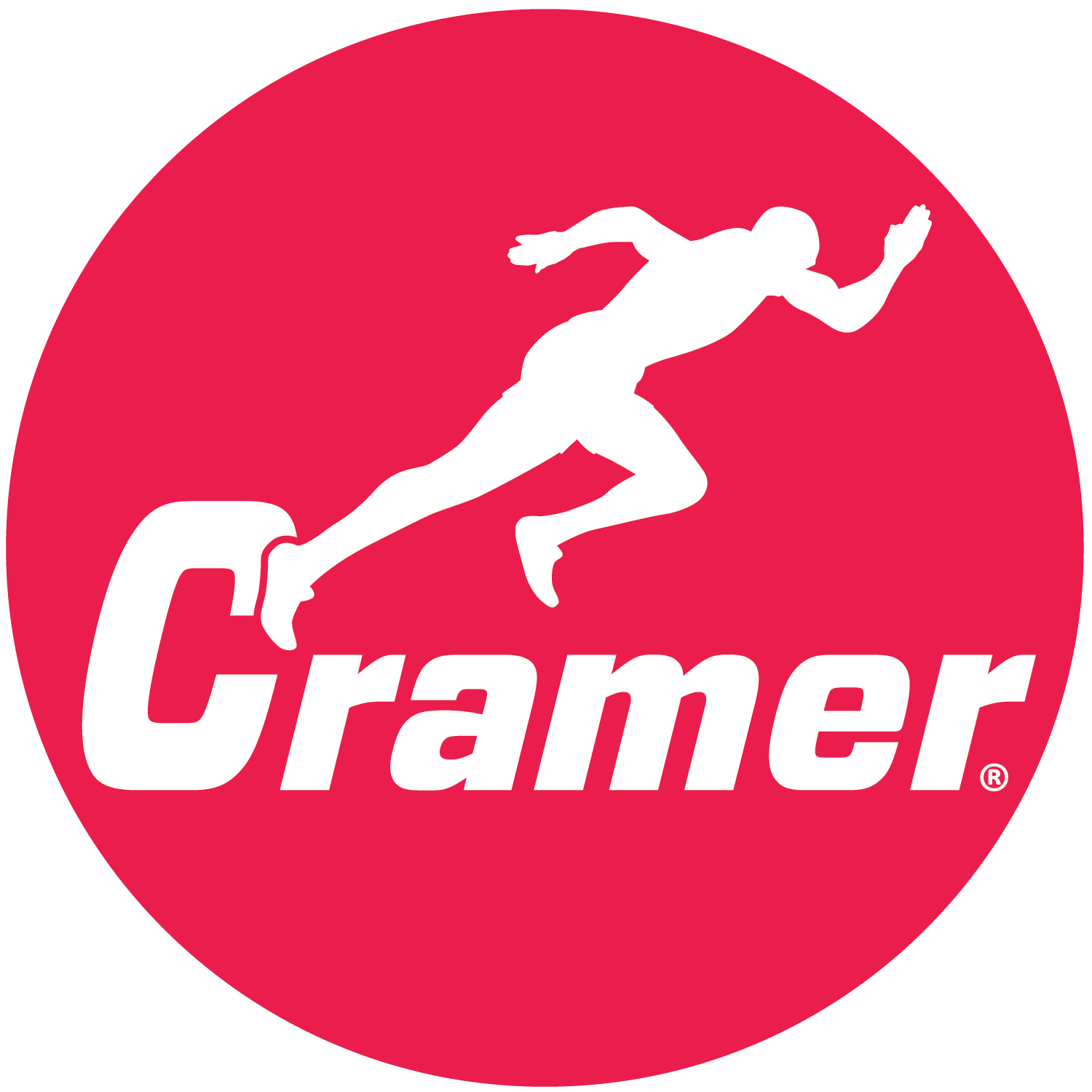
When Frank and Chuck Cramer started the Cramer Chemical Co. in 1918, they couldn’t have imagined that the liniment whipped up in their mother’s kitchen would ultimately launch the profession of athletic training and the sports medicine industry—but that’s just what it did. Read More
Experience, as we all know, is a great teacher. And those who have learned from experience are great teachers as well! With that in mind, we asked the elite athletic trainers on Cramer’s Advisory Committee to share valuable lessons learned from experience. Their wisdom is timely for students getting ready to graduate and equally as helpful to athletic trainers at any point in their career. Read More
Since its founding 100 years ago, Cramer has remained steadfast in its commitment to provide high quality, effective athletic training products. That legacy is something we take quite seriously…starting at the most basic level.
Read More
What does the research say about the use of kinesiology tape? How can instrument-assisted soft tissue mobilization (IASTM) be incorporated into a treatment plan? And when should dry needling and cupping be considered as effective modalities? Phil Page, PhD, PT, ATC, CSCS, FACSM, and editor-in-chief of the Journal of Performance Health, and Sue Falsone, PT, MS, ATC, CSCS, COMT, RYT, share their expertise and candid thoughts on these modalities in this Q and A. Click here to read the Journal of Performance Health. Read More
Here are some excerpts from Bill’s eleven-page article on Cross Country. This article is distributed by him to all prospective track athletes. It contains some prime material – suggestions that will fit into any athletic program in any sport. Read More
